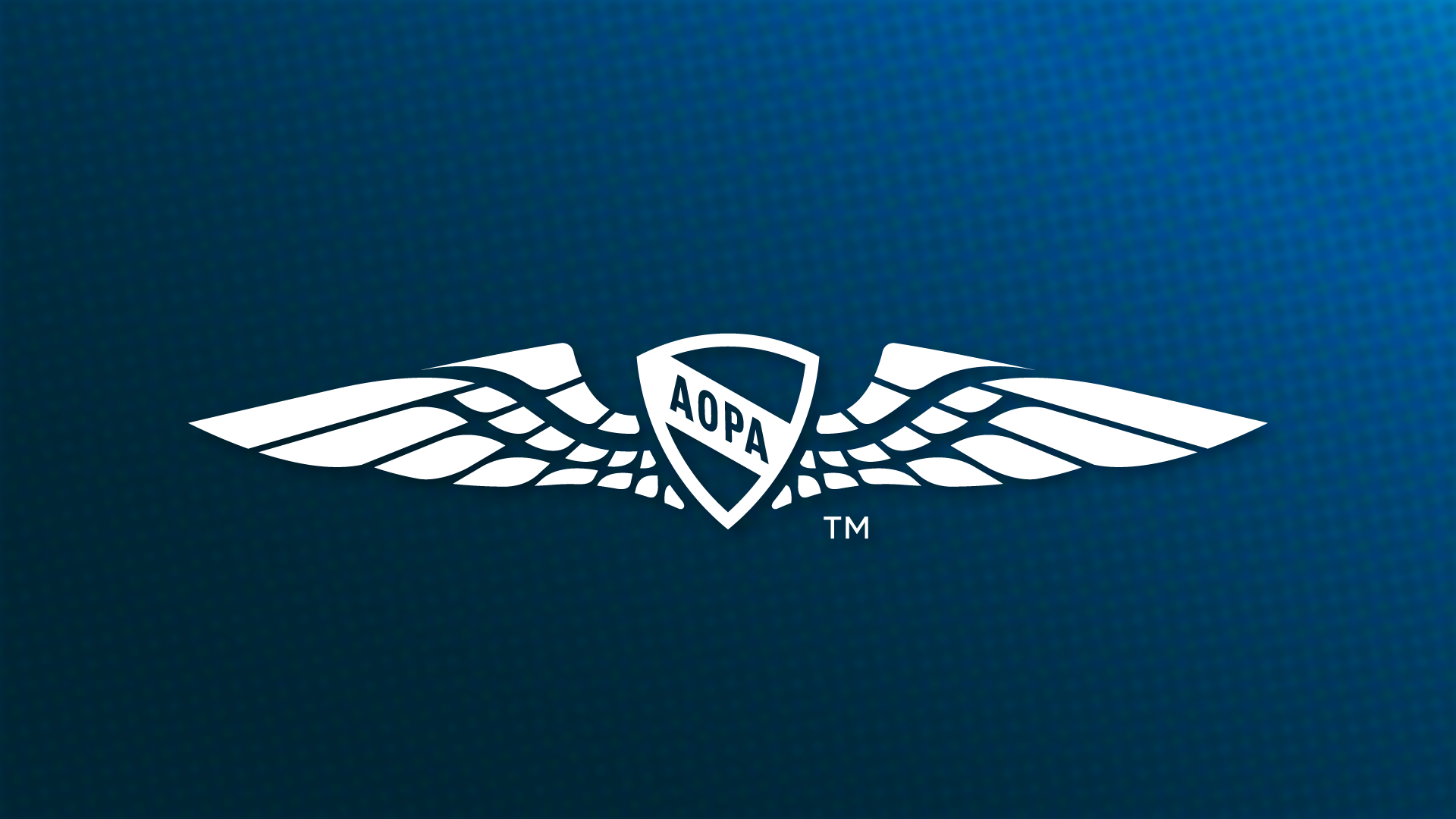The point that was missed was that forces on an airfoil are simply generated by the differential pressures around the airfoil and the cumulative result can be decomposed as lift and drag. Also missed is that the pressure difference required is very small (per square inch), but this small pressure differential applied to a large area generates enough force to lift an airplane. You only have to stick your hand out the window of your car when moving to explore the differential pressure of air flowing around it.
David Soto
League City, Texas
Editor's note: Soto is an aerospace engineer under contract to NASA and a certificated flight instructor.
I was surprised by the content of "The Magic of Lift." As a pilot and an aerospace engineer, I agree with the author's instructional intent: We should educate pilots to eliminate confusion about lift. Unfortunately, however, his facts are not correct. The author was correct that the pressure imbalance over a wing creates lift. However, his explanation for this pressure imbalance is specious.
A better explanation goes as follows: Airplane wings are shaped so that airflow going over the top is forced to travel through a smaller area than airflow going under the bottom. Just as a contraction in a river forces water to move swifter, this "squished" air on the top of the wing moves faster than the air on the bottom. The physics modeled by Bernoulli's equation say that the pressure of this faster-moving air will be lower than the pressure of the slower-moving air. This pressure imbalance creates lift. I applaud Christensen for his attempt to educate his fellow pilots. However, he must be careful to avoid preaching one mythology in place of another.
Ted Londner
Lafayette, Indiana
Christensen responds: I don't deny that Newton's law "for every action there is an equal and opposite reaction" is responsible for a portion of the lift generated. For slow-speed flight, it probably accounts for approximately 25 percent of the lift generated by the wing. For supersonic aircraft, the lift generated by Newton probably accounts for 80 percent.
Concerning the compressibility of air, even air that is not in motion at all is compressible. It is not necessary to approach the critical mach speed to determine that air becomes compressible. Just consider the differences in air pressures between high and low pressure systems as frontal systems move across the countryside.
Finally, in many of the wind-tunnel demonstrations I've seen reported, the wind streams across the upper surface of the wing do not meet with those across the lower portion of the wing, suggesting that the air is moving slower across the top of the wing. This suggests that the wind tunnel is not a true "free airstream" and the velocity is being reduced across the upper surface because of friction with the boundaries of the wind tunnel.
If we just think of what the air is doing in the natural environment as the wing passes through, the only thing the air can do relative to Bernoulli's theory is to move vertically up out of the way and then back down towards its original position as the wing passes. As the wing passes through the air and the air begins its downward motion to remain attached to the upper surface of the wing, that downward motion causes part of the downwash behind the wing as the wing moves out of the way.
Errata
The biography for Eric E. Geiselman ("The Surprise Turnback," January 2009 AOPA Flight Training) should have stated that he is a crew resource management instructor at Comair.
The correct URL for AOPA Flight Training Online's Virtual Flight Bag ("AOPA Services") is ft.aopa.org/flight_bag
Finally, in the November 2008 AOPA Flight Training, "Wedges and Snakes" did not identify Ralph Butcher as the author. AOPA Flight Training regrets the errors.

